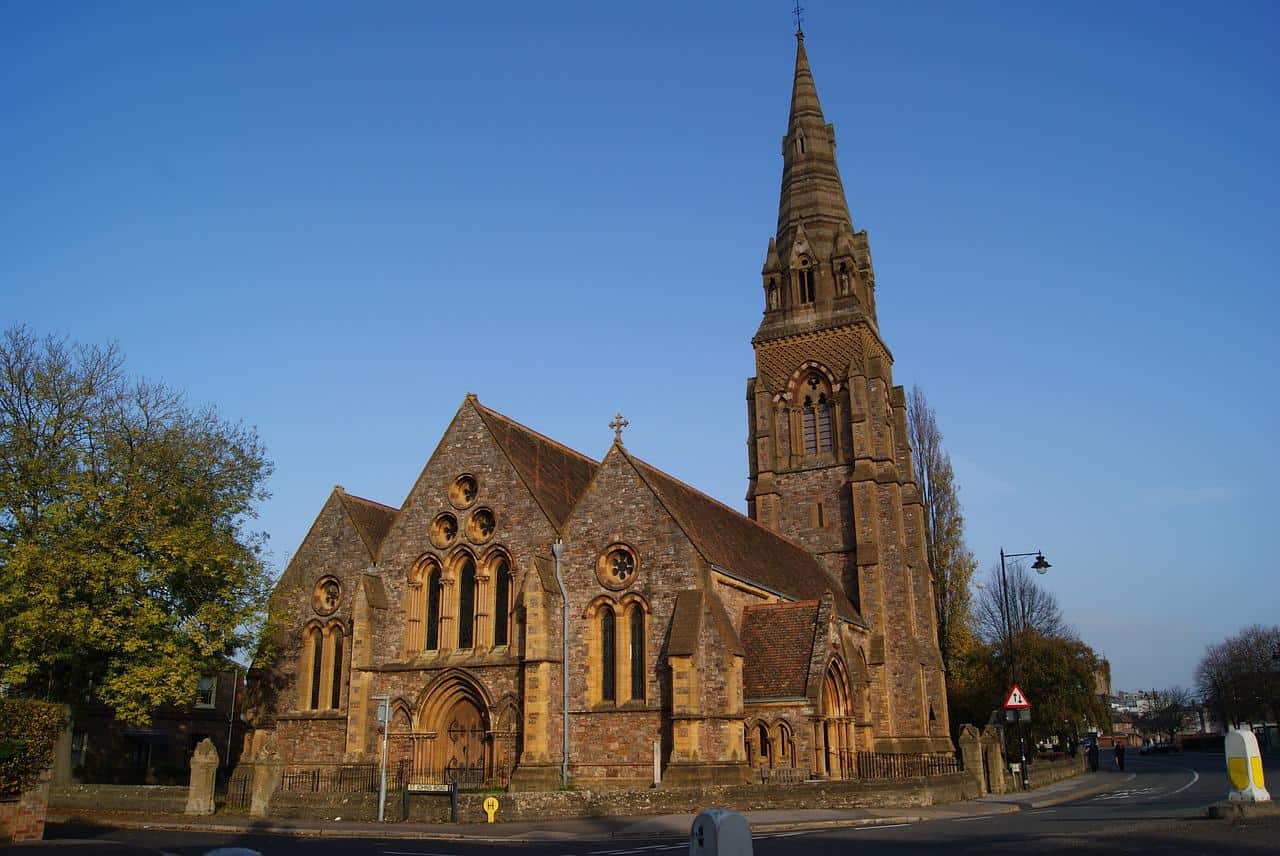Dealing with the loss of a loved one is an emotionally challenging time, and the additional responsibility of arranging a funeral might seem overwhelming. However, a recent trend towards DIY funerals is gaining traction, wherein individuals take control of funeral planning themselves. Yes, it is entirely possible to arrange a funeral yourself, and this article aims to provide a comprehensive guide on how to do so.
Arranging a funeral involves more than just ceremony planning. As well as providing a fitting service, you’ll need to understand the legal requirements, such as obtaining burial permits and understanding the cremation process. This guide will walk you through these necessities, alongside giving advice on the logistical elements of a DIY funeral.
Central to your efforts will be personal arrangements – expressing your loved one’s wishes and your family’s needs in the service. Furthermore, organising a family-oriented service might be a crucial aspect of your funeral planning. Carefully planning and managing these personal arrangements can create a meaningful and heartfelt service.
Planning a funeral yourself can be a daunting task. But with the right guide and a funeral checklist, it can become an achievable task. This guide will shed light on the step-by-step procedure to plan a DIY funeral, helping you honour your loved one’s life in a personal and special way. From legal procedures to memorial organisation tips, you will find all the necessary information to plan a funeral yourself. So if you’re asking, “Can I arrange a funeral myself?”, read on – this article is for you.
Find Out More About Our Available Affordable Funeral Plans
Speak to one of our funeral planning specialists today!
Article Key Takeaways
- DIY funerals are becoming more common, allowing for a personalized and meaningful service. However, understanding the legal requirements is crucial to avoid complications. This can include securing a burial or cremation permit and adhering to transportation laws.
- A funeral planning guide can be an invaluable tool during this process. It provides a structured approach and ensures vital steps aren’t missed, including key elements like selecting a cemetery or crematorium, arranging flowers and music, and guidance on conducting the ceremony.
- Personal arrangements are an important part of the funeral planning, as they make the service a true reflection of the deceased’s personality and life. This could involve specific music, readings and speeches, or even the type of service. Additionally, including family members in the planning process can lead to a more intimate and personalized ceremony.
Understanding DIY Funeral
Arranging a DIY funeral is not only a possible task but it can also be a deeply personal and fulfilling process. It provides an opportunity for the bereaved to have a hands-on approach, ensuring that the last rites of the deceased resonate with their life, values, and wishes. The basics of planning a funeral yourself include deciding the location, choosing between burial or cremation, selecting a coffin, arranging transportation, and planning the service.
However, it’s crucial to remember that there are legal requirements for a DIY funeral. These vary from jurisdiction to jurisdiction and may include obtaining a death certificate, registering the death, securing a burial permit, and sometimes complying with specific laws related to transportation of the body. It’s important to research and adhere to these legal stipulations to avoid any legal complications down the line.
Importance of Funeral Planning Guide
A funeral planning guide is an essential tool for anyone planning a DIY funeral. It provides a step-by-step framework to navigate through the process, ensuring nothing vital is missed. It’s also a valuable resource for understanding the legalities, costs, and logistics involved.
Using a funeral planning guide is straightforward. It’s designed to be a practical tool, often with checklists, templates, and detailed information on each stage of the process. A good guide should cover key elements such as selecting a cemetery or crematorium, preparing an obituary, arranging flowers and music, and providing guidance on how to conduct the ceremony itself.
Deciphering Personal Arrangements
Personal arrangements are at the heart of funeral planning. They include aspects that make the funeral a true reflection of the deceased’s personality and life. This can range from choosing the music, readings, and speeches, to deciding on the kind of send-off, whether it’s a traditional service, a celebration of life, or a more informal gathering.
The importance of personal arrangements cannot be overstated. They provide a sense of comfort and closure for the bereaved. They also ensure that the funeral is a fitting tribute to the deceased, one that honors their life and helps those left behind to begin the healing process.
Comprehending Burial Permits and Cremation Process
As part of the legal requirements for a DIY funeral, you will need to obtain a burial permit. This document gives you the authority to bury the deceased in a designated plot. It’s typically issued by the local council or a relevant governing body after the death is officially registered.
Understanding the cremation process is also crucial if you choose this method. The process involves reducing the body to ashes in a specially designed furnace. Some crematoriums allow families to be present during the cremation, and many offer the option to scatter the ashes in a garden of remembrance or to take them home in an urn.
The Art of Ceremony Planning
Planning a memorial service that resonates with the life of the deceased and provides comfort to the bereaved is an art. It requires thoughtful consideration of the personalities involved, cultural and religious beliefs, as well as the wishes of the deceased.
Key tips for planning a funeral ceremony include allowing for personal touches, such as favourite music or readings that reflect the personality and life of the deceased. It’s also wise to encourage participation from family and friends, whether through speeches, readings, or simply sharing memories. This can add a level of intimacy and personalisation to the service.
Legal Requirements on Funeral Checklist
Creating a funeral checklist is a practical step in funeral planning. It helps to keep track of all aspects of the process, ensuring nothing is overlooked. This includes legal requirements, which are a critical part of the planning process.
Understanding the legal requirements in funeral planning is essential. These include registering the death, obtaining a death certificate, securing a burial or cremation permit, and complying with any transportation laws. Depending on your location, there may also be specific regulations around the handling and disposal of the body, so it’s vital to research and comply with these.
Organizing a Family-Oriented Service
When it’s time to say goodbye to a loved one, organizing a family-oriented funeral service can be a beautiful way to do so. This involves creating a service that is deeply personal, reflecting the unique life of the deceased, and considering the needs and wishes of the family.
Memorial organization tips for a family-oriented service include involving family members in the planning and execution of the service, considering a location that holds significance to the family, and incorporating rituals or traditions that are important to the family. Remember, the aim is to provide a comforting environment where the family can grieve and celebrate the life of their loved one.
Frequently Asked Questions
1. Can I arrange a funeral myself?
Answer: Yes, you can arrange a funeral yourself if you wish to take on the responsibilities and tasks involved in the funeral planning process.
2. What is a DIY funeral?
Answer: A DIY funeral refers to a funeral that is planned and organized by the family or loved ones of the deceased, without the involvement of a funeral director or professional funeral service provider.
3. Where can I find a funeral planning guide?
Answer: You can find a funeral planning guide either online or at your local library. These guides provide step-by-step instructions and information on various aspects of funeral planning.
4. What are personal arrangements in the context of a funeral?
Answer: Personal arrangements in the context of a funeral refer to the specific preferences and choices made by the deceased or their family for the funeral service, such as music, readings, decorations, or other personalized elements.
5. What are burial permits and why are they required?
Answer: Burial permits are legal documents issued by the local authorities that grant permission for the burial of a deceased person. They are required to ensure that the burial is conducted in compliance with regulations and to maintain proper records.
6. How does the cremation process work?
Answer: The cremation process involves subjecting the deceased’s body to extreme heat in a cremation chamber, which reduces the body to its basic elements, known as cremated remains or ashes. These ashes are then given to the family or can be interred or scattered according to their wishes.
7. What legal requirements should I consider when arranging a funeral?
Answer: Legal requirements when arranging a funeral may include obtaining the necessary permits, registering the death, completing relevant paperwork, complying with health and safety regulations, and adhering to local burial or cremation laws. It is important to research and understand these requirements to ensure a legally compliant funeral.


